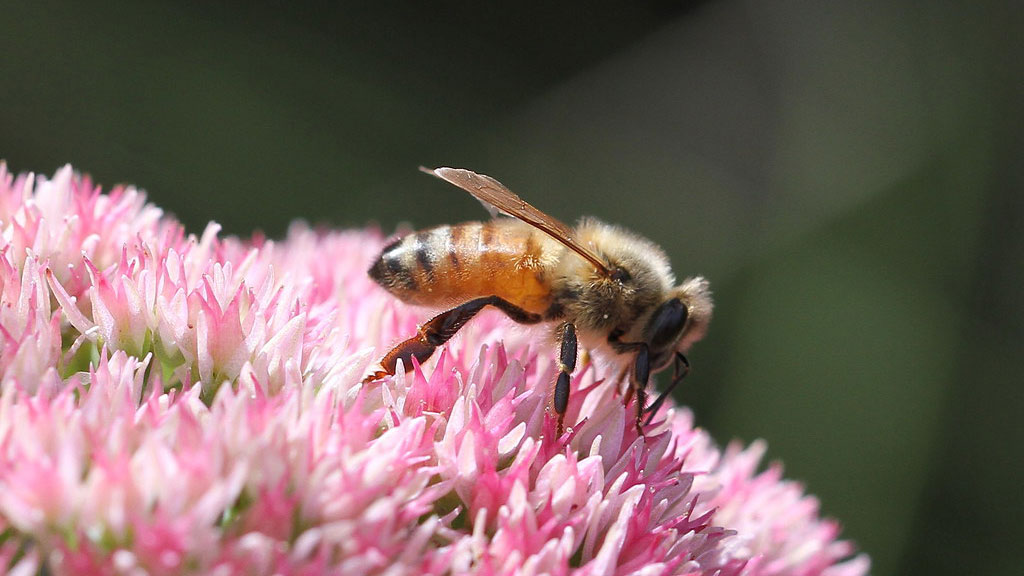Questions for ‘What biologists call a species is becoming more than just a name’

Western honey bees originally had a lengthy name describing their appearance. In Systema Naturae, naturalist Carl Linnaeus shortened the name to Apis mellifera, which means “honey-bearing bee.”
Jim, the Photographer (CC BY 2.0)